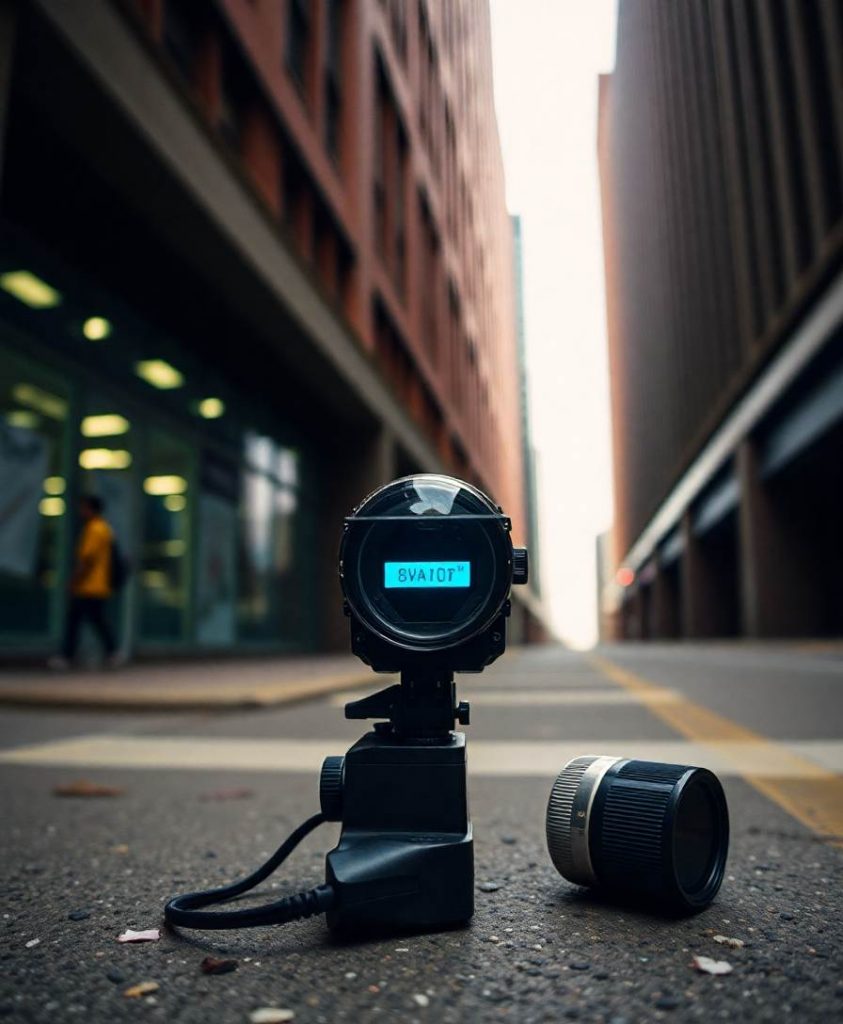Read Full Article (External Site)
POPULAR ARTICLES 




Eating Breakfast Later Tied to Earlier Death
Article 1 of 1

Is Comprehension in Comics More Effective Than in Traditional Texts in Skilled Adult Readers? An Eye Movement‐Based Study
Article 2 of 2

Computational Sentence‐Level Metrics of Reading Speed and Its Ramifications for Sentence Comprehension
Article 3 of 3

Habits In 20s, 30s Affect Later Heart Attack Risk
Article 4 of 4
